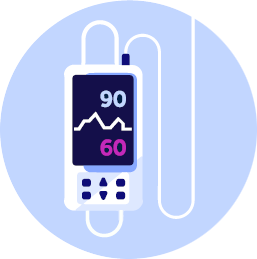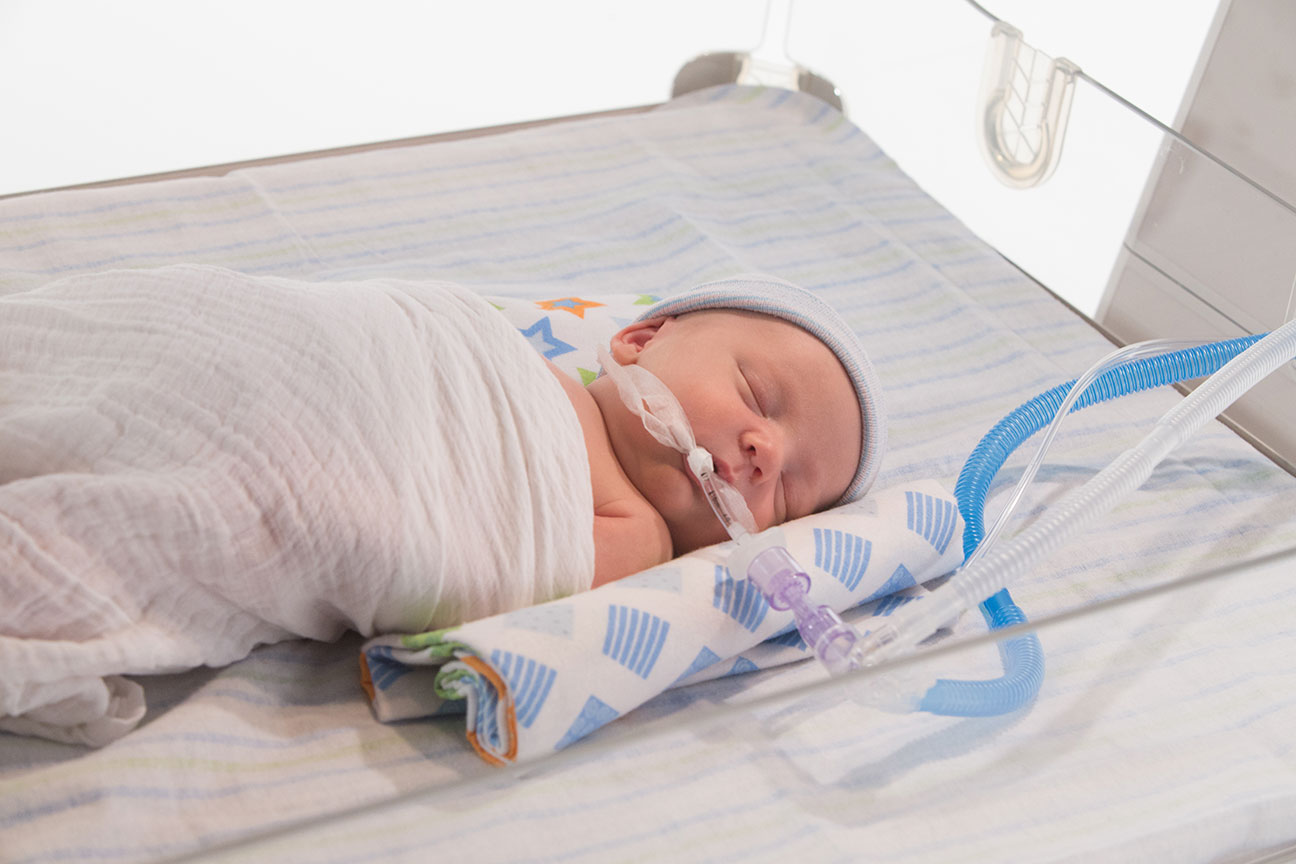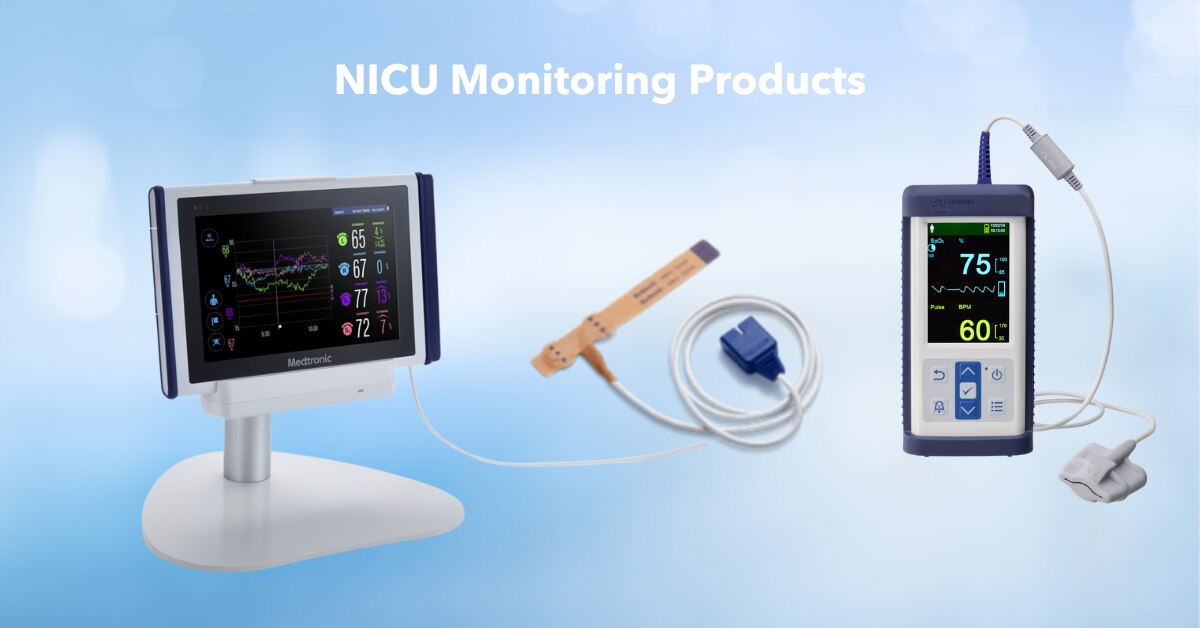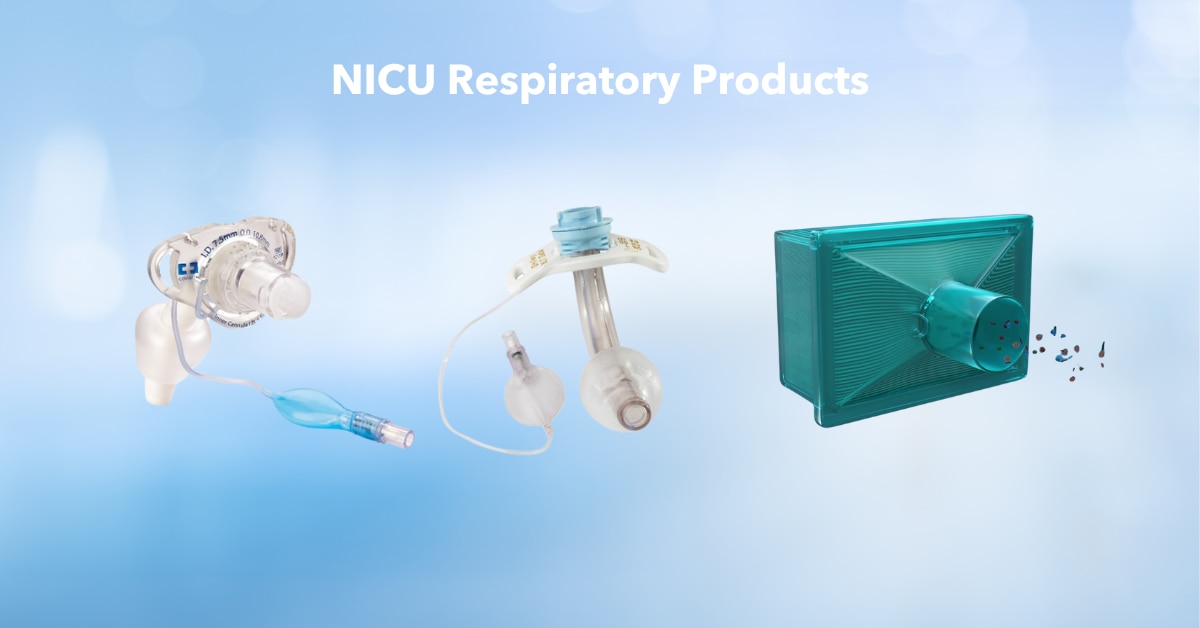References
The Nellcor™ pulse oximetry monitoring system should not be used as the sole basis for diagnosis or therapy and is intended only as an adjunct in patient assessment.
The INVOS™ 7100 Cerebral Oximetry System should not be used as the sole basis for diagnosis or therapy and is intended only as an adjunct in patient assessment.
* Patent application - AD No. A0003070US01
† Based on validation data in head-to-head clinical testing compared to MaxN CSR 2021 0312v1 S20-12. RE00357465 RevA
‡ During internal head-to-head bench test compared to MaxN with validated test equipment. RE00368468A00 RevA
¶ Compares the INVOS™ technology to Nonin EQUANOX™*, CASMED FORE-SITE ELITE™*, and Masimo Root™* O3 NIRS monitors during an induced hypoxic state in an animal model.
1. Crump C. Preterm birth and mortality in adulthood: a systematic review. J Perinatol. 2020 Jun;40(6):833-843. doi: 10.1038/s41372-019-0563-y. Epub 2019 Nov 25. PMID: 31767981; PMCID: PMC7246174.
2. Ceurstemont S. Cutting the risks of premature birth. Horizon Magazine. July 30, 2020. Accessed October 9, 2023. https://ec.europa.eu/research-and-innovation/en/horizon-magazine/cutting-risks-premature-birth
3. Salimi U, Dummula K, Tucker MH, Dela Cruz CS, Sampath V. Postnatal Sepsis and Bronchopulmonary Dysplasia in Premature Infants: Mechanistic Insights into "New BPD". Am J Respir Cell Mol Biol. 2022;66(2):137-145. doi:10.1165/rcmb.2021-0353PS
4. Ginglen JG, Butki N. Necrotizing Enterocolitis. [Updated 2023 Aug 8]. In: StatPearls [Internet]. Treasure Island (FL): StatPearls Publishing; 2023 Jan-. Available from: https://www.ncbi.nlm.nih.gov/books/NBK513357/
5. Haidari ES, Lee HC, Illuzzi JL, Phibbs CS, Lin H, Xu X. Hospital variation in admissions to neonatal intensive care units by diagnosis severity and category. J Perinatol. 2021 Mar;41(3):468-477
6. Kalikkot Thekkeveedu R, El-Saie A, Prakash V, Katakam L, Shivanna B. Ventilation-Induced Lung Injury (VILI) in Neonates: Evidence-Based Concepts and Lung-Protective Strategies. J Clin Med. 2022 Jan 22;11(3):557. doi: 10.3390/jcm11030557. PMID: 35160009; PMCID: PMC8836835.
7. Nellcor™ Pulse Oximetry Performance in Challenging Conditions. Clark R. Baker, Scott McGonigle. Medtronic whitepaper.
8. Based on internal study, A non-GLP comparison study of the INVOS™ NIRS system to competitive regional oxygen systems. 2015.
9. Based on internal white paper #11-PM-0232(1), Cerebral oximetry is frequently a “first alert” indicator of adverse outcomes. April 2016
10. Based on internal testing. Comparative ventilator air leak test performed using the Shiley™ 4.0PCF and 6.5PLCF pediatric tracheostomy tubes with taper-shaped cuff vs. predicate Shiley™ 4.0PDC and 6.5PLC pediatric tracheostomy tubes with barrel-shaped cuff
11. J. Holzki, K Brown, R. Carroll, C. Cote. The anatomy of the pediatric airway: Has our knowledge changed in 120 years? A review of historic and recent investigations of the anatomy of the pediatric larynx. Pediatric Anesthesia. 2017 (28): 13-22.
12. Ho AM, Aun CS, Karmakar MK. The margin of safety associated with the use of cuffed pediatric tracheal tubes. Anesthesia. 2002;57(2):173−175.
13. Wilkes AR. Measuring the filtration performance of breathing system filters using sodium chloride particles. Anaesthesia.2002;57(2):162-168
14. BS EN 13328-1:2001 Breathing system filters for anaesthetic and respiratory use. Salt test method to assess filtration performance
15. EN ISO STANDARD 23328-1:2008 is providing the standard that should be respected by all commercialized devices
16. MHRA Evaluation report 04005 2004 An assesment of 104 breathing systems
17. Watson, Charles & Caroff, Stanley & Rosenberg, Henry. (2021). THE OFFICIAL JOURNAL OF THE ANESTHESIA PATIENT SAFETY FOUNDATION. 36. 41-44.
18. Nelson Labs SN 1122405405-S01 Bacterial Filtration Efficiency (BFE) at an Increased Challenge Level GLP Report
19. Thiessen RJ. The impact of severe acute respiratory syndrome on the use of and requirements for filters in Canada. Respir Care Clin N Am. 2006;12(2):287–306.
20. Thiessen, RJ. Heated expiratory filtration: lessons from the SARS experience. Published 2007. Accessed Feb. 5, 2020.








